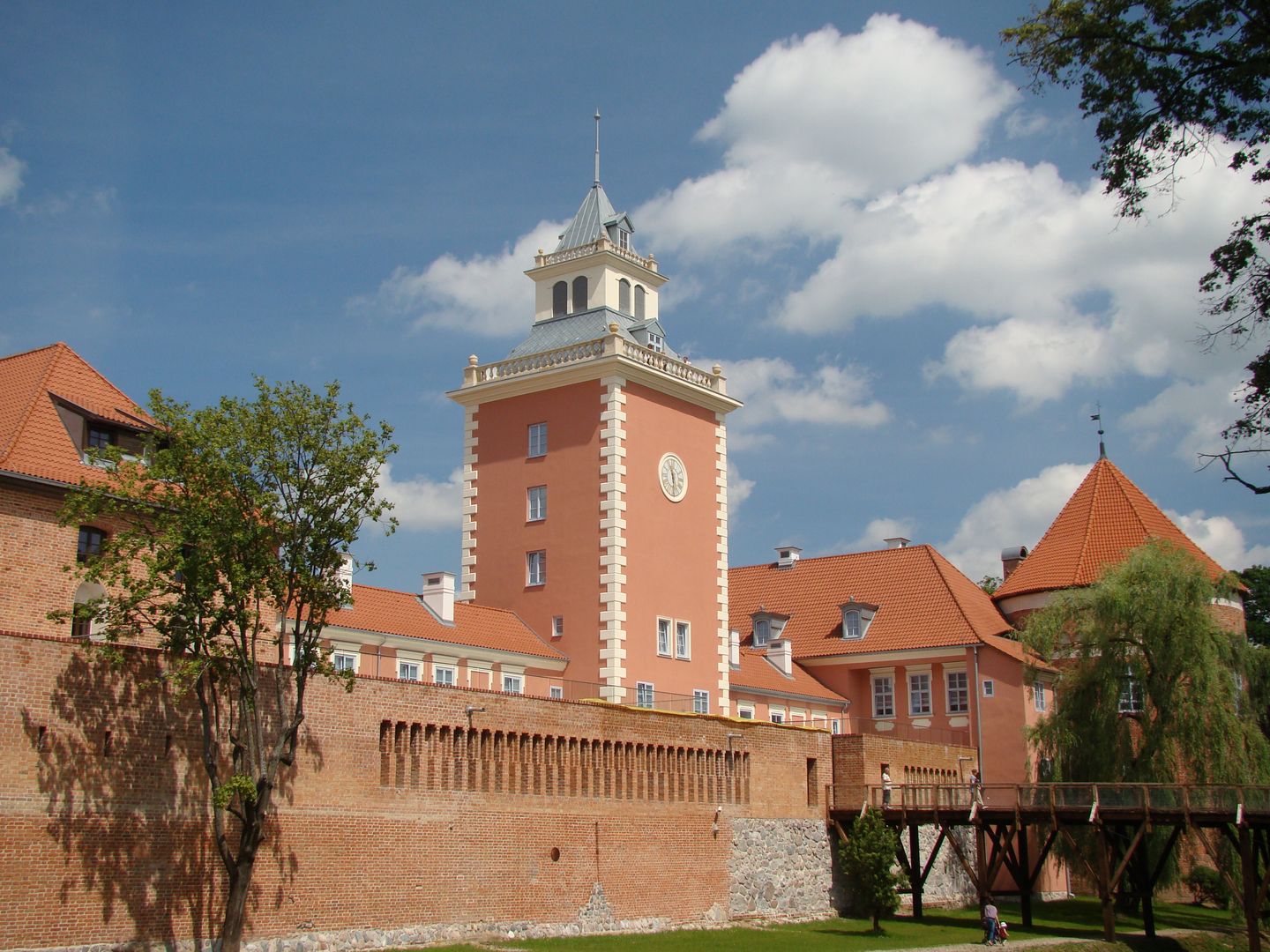Lidzbark Warmiński
6.98

Overview
Lidzbark Warmiński, known in German as Heilsberg, is a town in the Warmian-Masurian Voivodeship that served as the capital of Warmia from 1350 until the 19th century. It is home to the historic castle of the Warmian bishops, one of the best-preserved examples of Gothic architecture in Poland. The town also boasts valuable monuments such as the Collegiate Church of St. Peter and Paul, as well as former Evangelical churches. The architecture of Lidzbark combines various styles, from Gothic to Baroque, reflecting the rich history of the region. Lidzbark was once a significant center of culture and religion in the Polish-Lithuanian Commonwealth, known as the "Pearl of Warmia." It continues to host popular cultural events such as the Lidzbark Evenings of Humor and Satire and the Lidzbark Comedy Clashes, which attract not only locals but also tourists. The town also has a rich history dating back to the Middle Ages when it was conquered by the Teutonic Knights and later became the seat of bishops. Throughout its history, Lidzbark Warmiński underwent many changes, including periods of Swedish and Prussian occupation, and after World War II, it returned to Poland, where it was rebuilt by new settlers. Interestingly, the town has struggled for many years with the migration of younger people seeking better employment opportunities, which affects its demographics. Today, Lidzbark Warmiński is becoming increasingly attractive to tourists, thanks to local attractions and cultural events, as well as the development of agritourism. The town also has many sports clubs and recreational centers. Transportation in Lidzbark Warmiński includes modern public transport and well-developed road connections, making it accessible for visitors to the region. Lidzbark also has a spa protection area, further enhancing its appeal.
Location
You can also find here:
2025 Wizytor | All Rights Reserved
